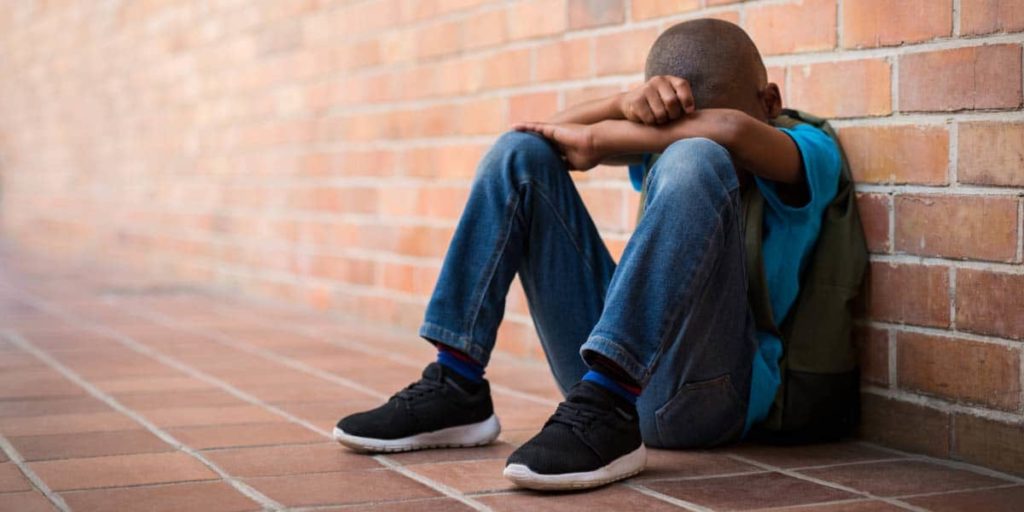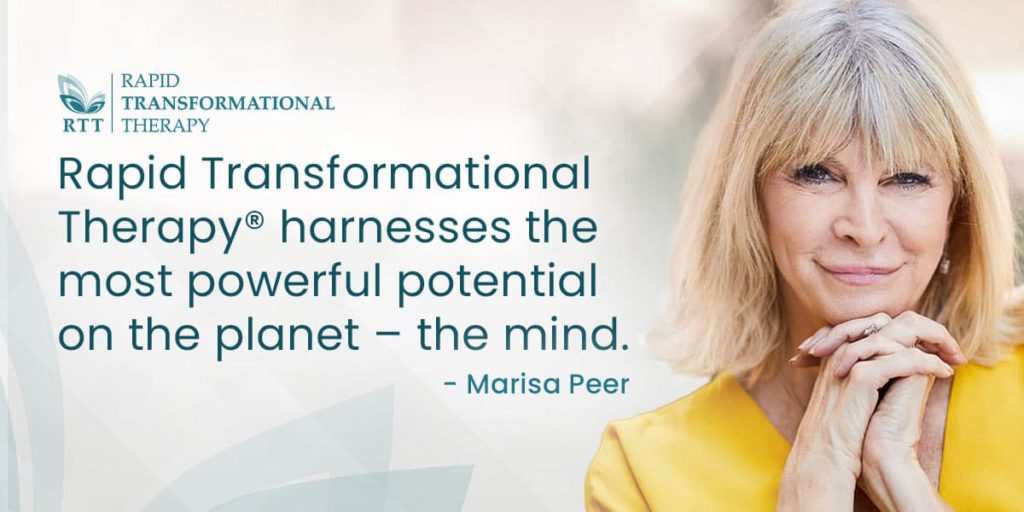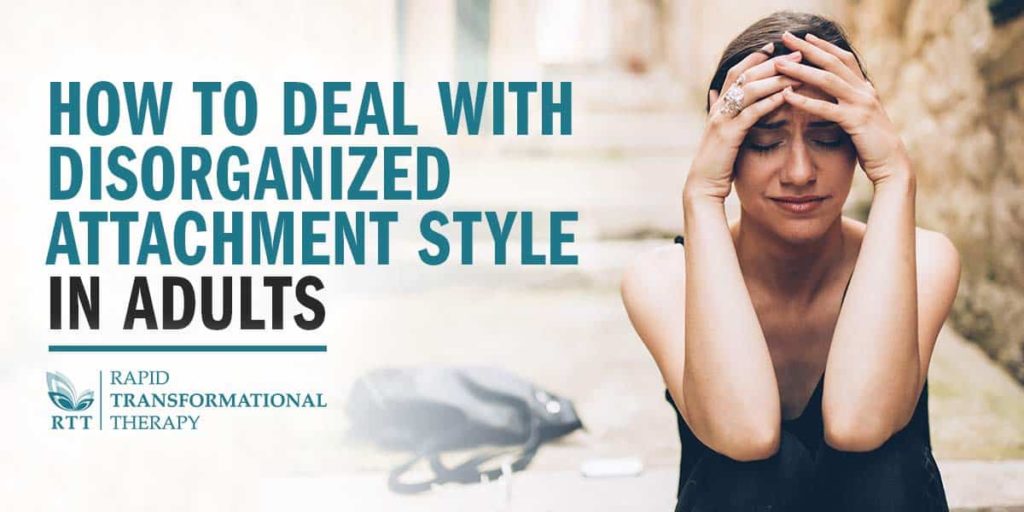For someone with a disorganized attachment style, also sometimes known as disorganized disoriented attachment, close and intimate relationships may present many challenges.
Does this sound like you? In one moment, you act cold and distant with your partner, feeling completely dissociated from them. You may even feel fearful of them for reasons unbeknown to you. In another given moment, you crave their love, comfort, and affection. You become needy and clingy, experiencing thoughts and worries that you are not good enough or not worthy of your partner.
Perhaps you do not even quite understand your own feelings. They vary from moment to moment, and they are hard to unravel—especially on your own. The truth is that your attachment style, the way you connect and interact with those closest to you, is developed early on. Your childhood experiences greatly impact your current feelings and behaviors. But despite this attachment style’s deep roots in the subconscious, this is something you can overcome.
In this article, we will explore:
- What disorganized attachment style is
- The signs and symptoms of disorganized behavior
- The causes of disorganized attachment style in adults
- How this attachment style can impact your life
- How you can help a partner with a disorganized attachment style
- The treatment and management options available for this attachment style
So, what is disorganized attachment? How can it affect your life? Most importantly, what can you do about it?
What is Disorganized Attachment Style?

The definition of disorganized attachment refers to the lack of a consistent and rational approach to a relationship. An individual with this attachment style craves love and feelings of belonging. At the same time, they also fear it and are afraid of getting hurt.
Disorganized attachment is considered the most insecure attachment style. In fact, the styles of attachment, also known as disordered attachment, can be broken down into four types:
- Secure attachment style—As children, individuals that have a secure attachment style had healthy relationships with their caregivers. When their caregiver left the room, they would become upset but then recover, knowing their caregiver would be back. These individuals often develop into healthy and autonomous adults with long and trusting relationships.
- Anxious attachment style—This results from inconsistent parenting, where the parents would sometimes respond to the child’s needs. At other times, the child’s needs were ignored. As adults, these individuals frequently worry about their own self-worth, especially in a relationship.
- Avoidant attachment style—Avoidant attachment usually happens when parents have been emotionally distant or unavailable. Children learn to avoid outward displays of affection or emotion. This leads to fierce independence when they become adults. It also causes these individuals to be fairly uncomfortable with intimacy. They often complain of feeling suffocated whenever someone tries to get close to them, and they avoid commitment.
- Disorganized attachment style—This type of attachment style stems from childhood trauma or abuse. This means that as a child, you may have seen your parent or another attachment figure (someone you love and seek comfort from) commit emotional or physical abuse to yourself or others.
For those with disorganized behavior, you attach fear to the same person from whom you seek love, comfort, and safety.
Disorganized attachment in adults results in fear and uncertainty in intimate relationships. You may push away the person you love while at the same time, want their love and comfort. Understandably, it can be confusing for both you and your partner.
Signs & Symptoms of Disorganized Attachment Style

So, what does disorganized attachment style look like? How can you recognize it in yourself or your partner?
More specifically, what are the signs of disorganized attachment disorder in adults? What are the signs of attachment disorder in children? We’ll explore these differences in more detail below.
What are the signs of disorganized attachment in adults?
There are four key signs of disorganized attachment in adults. These include:
- Having a negative self-image—You see the world in chaos. You believe you can’t trust anyone, and you experience ongoing low self-esteem issues. This may translate into you suspecting that your significant other is cheating on you or that they don’t truly love you. You may question them often about this, as well as struggle with it internally.
- Erratic behavior—Your view on your relationship or life situation may be skewed, resulting in unpredictable and erratic behavior or responses. While you may not notice it, perhaps you get into frequent fights with your partner regarding your behavior, or maybe you’ve been told that you tend to flip your mood at the drop of a hat.
- Experiencing anxiety, fear, or depression—Disorganized attachment is frequently associated with fear, anxiety, and depression. This can heighten your fear associated with intimacy. You may experience constant fear or anxious thoughts that your partner will leave you, or you may feel depressed and think that no one can possibly love you.
- Previous traumatic experiences—If you experience childhood trauma, such as physical or sexual abuse, you are more likely to have a disorganized attachment style. Usually, moving past trauma requires therapy. If you’ve had a traumatic experience in your early years, it’s important to seek out help.
What is disorganized attachment in relationships?
Disorganized attachment may significantly impact your life in a variety of different ways. You may fear relationships yet want them at the same time. This may result in a string of unhealthy relationships where your insecurities play a major role. You may believe you aren’t worthy of love. Or you may struggle to trust others, which may result in misinformed beliefs.
These signs and symptoms can significantly impact your life. It can interfere with your ability to develop long-term relationships. It may leave you feeling alone and isolated. This may result from others misunderstanding your erratic behavior, as well as your own inability to understand events that previously transpired.
For instance, if you experienced abuse as a child, you may struggle to create a holistic narrative regarding your life and childhood. You may excuse your abuser’s behavior, or you may only be able to share pieces of your life with your partner. It can be difficult for you to express and explain yourself clearly to them. You may also have difficulty managing stress, or you may become hostile and aggressive.
What are the signs of disorganized attachment disorder in children?

As a child, you depend on your parent or caregiver. Yet, when disorganized attachment is present, a child may react differently, especially when compared to a securely attached child.
For instance, one study showed that a securely attached child cried when their parent left the room. These children then slowly got over their distress and calmed. When their parent reappeared, they immediately ran to them.
On the other hand, when a child with disorganized attachment style saw their parent reappear, they sometimes ran toward their parents, then ran away. Some even hit their parent or curled up into a ball.
Other signs of disorganized attachment in children include a lack of coherent behavior toward their caregiver or parent. They may sometimes strive to be close with their caregiver, while at other times, they may distance themselves from their caregiver because of fear.
Causes of Disorganized Behavior
Surprisingly, disorganized behavior does not always evolve from trauma. While physical, verbal, or sexual abuse is common in the childhoods of those with disorganized attachment style, you may have also or alternatively experienced your parent respond incorrectly to your distress as a child.
Instead of soothing or comforting you, your parent may have used fear, intimidation, or yelling to get you to stop crying. Your parents may have also avoided physical touch or contact to help comfort or reassure you.
For example, you may have woken up in the middle of the night, scared and yelled for your mom or dad. Instead of coming to comfort you, they may have ignored your cries, mocked you, or yelled at you. For a young child, this can be scarring.
Surprisingly, these parenting techniques also tend to echo through generations. This means that it is likely your parents faced similar parenting strategies from their own parents. Either way, it does not make it right or any less impactful.
How Disorganized Attachment Style Can Affect Your Life

You may disassociate from your feelings entirely. You become cold or distant from others, especially your partner. However, you also have an internal battle where you want to feel close to others. You may try to let others in, but your fear of rejection and low self-worth may result in neediness or clinginess. In turn, these aspects may tear your relationship apart.
These problems may also seep into your ability to hold a steady job. Your responses or reactions may not match what is appropriate. You may also walk a fine line between anxiety and avoidance. This means that your actions may contradict each other or be unclear to others. This may result in job loss and difficulties holding down the same job.
In extreme cases, you may become violent. For instance, if someone hits you, you hit them back. You may also become easily overwhelmed by stressors, which may again interfere with your job and relationships or aggravate aggressive behaviors.
Disorganized Behavior Treatment & Management
The good news is that you can change, grow, and evolve. You do not need to feel stuck in this attachment style.
In the following sections, we’ll review what you can do to help your partner who has disorganized attachment style, what you can do to prevent this type of attachment style in your children, and what you can do to help yourself if you have disorganized attachment. Let’s take a look.
How to help a partner with disorganized attachment

If you are currently in a relationship with a person who has disorganized attachment, it is important to encourage them to get help and reassure them. Through earned security, such as a long-term committed relationship or marriage, you can help them shift their attachment style.
For example, showing up consistently when you said you would or being there for them during times of stress can build trust. You can show them that even though someone was not there for them as a child, it does not have to be this way as an adult.
At the same time, a healthy relationship is a mutually caring, respectful, and supportive connection. It is important that both parties are having their needs met. While being there for your partner is important, especially to help them shift their beliefs, you also have to ensure you take care of your own mental well-being too.
Preventing your child from developing disorganized attachment
The first step in preventing your own child from developing disorganized behavior is by seeking out help for yourself. From there, it is important to appropriately respond when your child is in distress or crying.
For instance, you should not ignore or yell at your child but rather comfort them through words and physical touch. Let them know you support them and are there for them.
If you are unsure how to do this, seek out support from other parents or parent therapy groups. They can help you avoid passing on disorganized behavior to your children. The cycle ends with you.
Treating disorganized behavior

So, what can you do if you have this attachment style?
To start, you can increase your awareness by doing your research regarding disorganized behavior (reading this article is a good starting point). It may also be worthwhile to ask your partner for help, specifically when it comes to pointing out repetitive behaviors that may be associated with disorganized attachment.
Further, becoming aware of your negative or anxious thoughts is important. Once you’ve identified these thoughts, challenge them. Determine alternative scenarios. Use rational thinking to avoid defaulting to your instinctual emotional behavior, which may include running away or clinging to your partner.
There are also various types of therapy that can help you sort through your thoughts, feelings, and behaviors. In turn, you can understand yourself better and work toward developing healthy and long-lasting relationships and ways to cope with stress appropriately.
Attachment-based therapy
Attachment-based therapy focuses on building earned security. This starts by creating an earned, secure relationship with your therapist. This builds secure attachment, which actually shows you the benefits of this type of relationship. It also shows you that you can trust others and that they will not let you down.
Throughout attachment-based therapy, this happens naturally. You see your therapist on a regular basis. They frequently provide caring and acceptance examples throughout your life. While you may not understand or accept these examples at first, with time, you begin to understand that it is possible to feel secure and happy in a relationship and with yourself.
Generally, attachment-based therapy helps you reorganize your thoughts, which then impact your feelings and behaviors. It specifically looks into connecting early attachment experiences with your ability to develop healthy relationships as an adult. The goal is to help you overcome your attachment issues by developing secure attachment between yourself and your therapist, which can then extend into other relationships in your life.
Marisa Peer’s 21-Day Unstoppable Confidence Challenge
Disorganized attachment in adults often has a root cause of low self-esteem and confidence. This could cause you to constantly second guess yourself, your behaviour, and who you are as a person, which results in the dramatic changes you may experience as you attempt to relate to others – cold one moment and clingy the next.
A fantastic way to begin tackling avoidant attachment, is to focus on your confidence. Now, building confidence may sound straightforward on paper, but in reality, it is much harder to do, especially if backed by years upon years of negative self-talk and traumatic experiences.
That’s why we are here to tell you that you don’t have to do it alone. With Marisa Peer’s 21-Day Unstoppable Confidence Challenge, you will join a group of people seeking to boost their confidence just like yourself, and work with them through 21 days of tasks, support and hard-work, before coming out of the other side with an unshakeable confidence that the rest of the world can no longer touch.
Interested? Click the banner below to find out more, and sign-up today to begin your journey to a new, confident you.

Need Further Support?
Do you think you need some further support based on the information you have learnt in our article? There are many things you can do to begin your journey towards peace of mind and improve the situation of yourself or your loved one.
Consider having a look at Marisa Peer’s relationship audio bundle, which uses hypnosis to release the negative beliefs that are holding you back. Alternatively, you can contact one of our specialist RTT® therapists, where you can start your therapy sessions today with one of our handpicked professionals who are fully certified in RTT® (Rapid Transformational Therapy®).
What is Rapid Transformational Therapy®?

Rapid Transformational Therapy® (RTT®) was created by Marisa Peer, a renowned speaker, published author, and celebrity therapist. With over 30 years of experience, Marisa combined Neuro-Linguistic Programming, hypnosis, Cognitive Behavioural Therapy, and psychotherapy into one powerful and effective treatment method.
RTT® dives into the subconscious corners of the mind, unleashing the power you have within you to change your thoughts, feelings, and actions. It has been used to help individuals recover and move past trauma, overcome fears and phobias, and more.
RTT® accesses the subconscious mind through hypnosis. When accessing this part of the mind, thoughts, and beliefs can be rewritten. You go through various self-realizations, which helps you let go of trauma of the past and move forward into a better future.
So contact us today to begin your therapy sessions, and your journey towards freedom from disorganized attachment, by clicking the banner below.



